Masonry Restoration

Water Erodes Masonry
Avoid future repairs by maintaining your masonry in its vulnerable areas where moisture is abundant.
Holmund Masonry is specially talented at diagnostic troubleshooting for water intrusion.
With our education of water intrusion and its erosive effects on masonry we are able to diagnose the source of the moisture, wheather it is from deterioration caused by lack of maintenance or even the original design itself, and determine a direct solution by repairing or rebuilding the specified area.
Often the source of moisture needs to be corrected by redesigning or even changing small details such as recessed mortar joints, installing or replacing flashing.
Water repellant sealers are helpful to repel moisture, however first the structure needs to be free of any openings such as open, broken or sandy mortar joints.
Failing mortar joints, broken or spalling brick, a cracked or sandy cement cap or faulty flashing can all contribute to Water Intrusion which erodes masonry.
Vines and plantlife are also culprits for masonry deterioration.
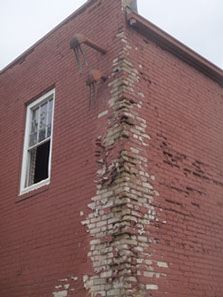
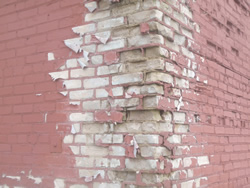
Here is another clear example of how water erodes masonry. This expense could have been avoided by installing a drain spout connecting to the open gutter.
This building has three flaws it design:
- Inferior brick - Sand Limes
- Paint
- Open gutter - No Drain Spout
Chimney Tops are exposed to more water damage than any other part of the building.
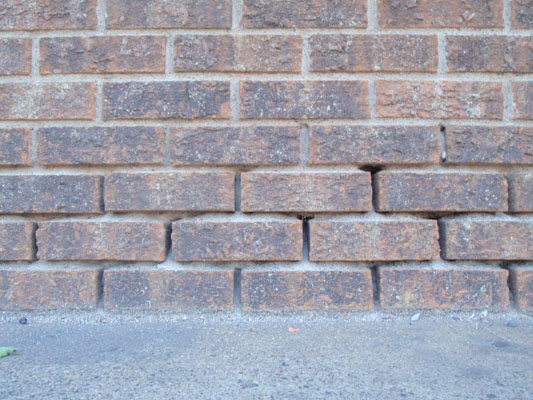
These mortar joints eroded from deflected rainwater from the sidewalk.
This area is vulnerable to water damage as water drains from the steps and patio above. This expense, (spalling brick) could have been avoided without the recessed mortar joints and by applying sealer.
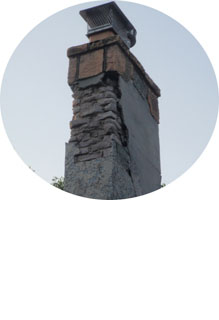

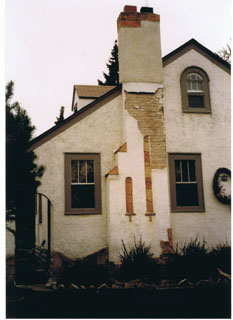

This damage (Spalling Brick) could have been prevented with a better roof draining design. A scupper and drain spout should have been installed above this wall at the base of the roof.
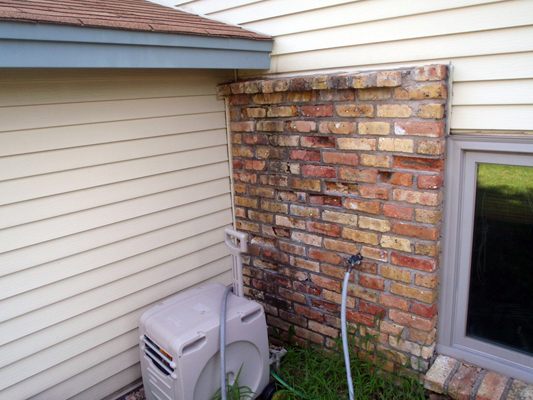
The damage to this brick veneer could have been avoided by installing a gutter below the roof.
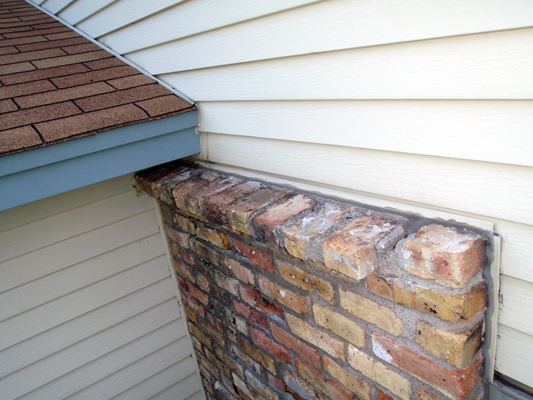
The rolocks on top of the brick veneer are flat and there is no flashing installed above.